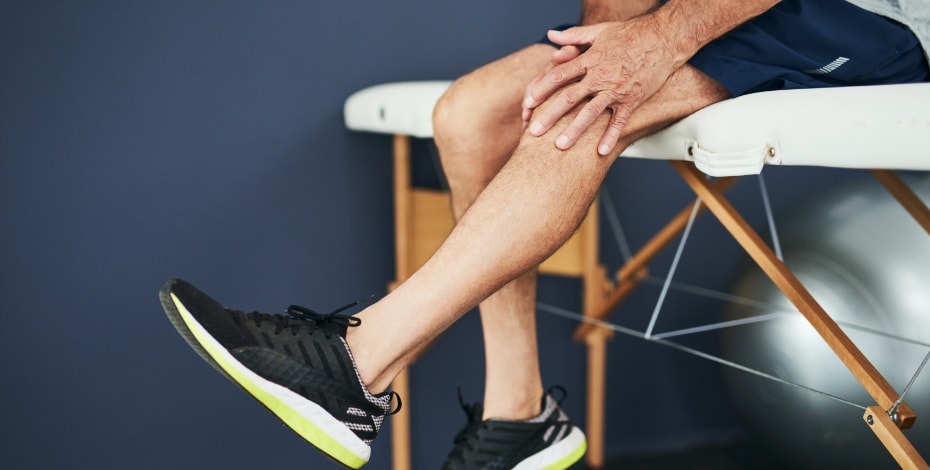With school starting back next week, the Australian Physiotherapy Association (APA) is advising parents to buy safe school backpacks for their kids. The APA is also encouraging parents to look for ways to incorporate physical activity into their child’s school days.
APA physiotherapists recommend school children should wear a backpack that weighs no more than 10 per cent of a child’s body weight, yet research on back problems in children aged 12-17 years found 61% carried more than 10 per cent of their bodyweight on their backs on a daily basis.
“Far too many students are carrying around very heavy weights on their back – particularly those in high school,” APA National President Marcus Dripps said. “We know an overloaded or incorrectly-worn backpack can be a major source of chronic strain, and can cause shoulder, neck and back pain in children.
“Stress put on the spine can cause your child to lean too far forward and experience distortion of the natural curve, rolling their shoulders and causing a more rounded upper-back. Neck and shoulder pain can also develop from wearing a bag on one shoulder, or a bag with straps that are too thin that dig into the shoulder muscles and strain the neck,” Mr Dripps said.
The APA has also said 2015 is the year to move more and sit less to combat the issue of childhood obesity. “Around a quarter of all children aged 2–16 are overweight or obese and this statistic continues to rise,” Mr Dripps said.
“Parents play a vital role in nurturing their children’s attitudes towards physical activity. If you’re active yourself and incorporate it as part of your every family life, it will be easier for your child to follow your lead. Whether it’s walking with your children to school, or positively encouraging your children get involved in school or extracurricular activities they like can help to keep them active. It will manage weight gain, while also helping to build and maintain a strong spine.”
Key tips to remember when your child starts school:
• Wear backpack load close to the spine – pack the heaviest items nearest to your child’s back
• Children must wear both straps at all times
• Backpacks should always weigh less than 10 per cent of your child’s body weight
• Ensure your child is carrying only what they need – encourage your child to be organised and check their timetable when packing their bag for school
• To decrease the load your child should have separate folders for each subject so that they can only bring home what they need for their homework
• Encourage your child to be physically active – walking to school every day has many benefits for you, your children and your community.
• Parents should contact a physiotherapist if they are concerned about their child’s posture, back health or obesity and weight management related conditions. Paediatric physiotherapists have particular expertise in this area.
Five things to look for when choosing a back pack:
• Wide shoulder straps that are comfortable and sit well on the shoulder
• Waist and chest straps to help transfer some of the load to the hips and pelvis
• A padded back-support that allows the pack to fit ‘snugly’ on the back
• The backpack must fit the child. Don’t buy a big pack to ‘grow’ into, when sitting with the backpack on, the pack should not extend higher than the child’s shoulders
• Look for one that carries an endorsement from a professional health organisation. The APA endorses Spartan Physiopaks.
For more information, visit the Physiotherapy and children section of the website or to find a physiotherapist in your area, visit www.physiotherapy.asn.au/findaphysio
For further information, or to speak with an expert physiotherapist, please contact:
Nepean Physiotherapy
P: (+61) 3 9775 2962


